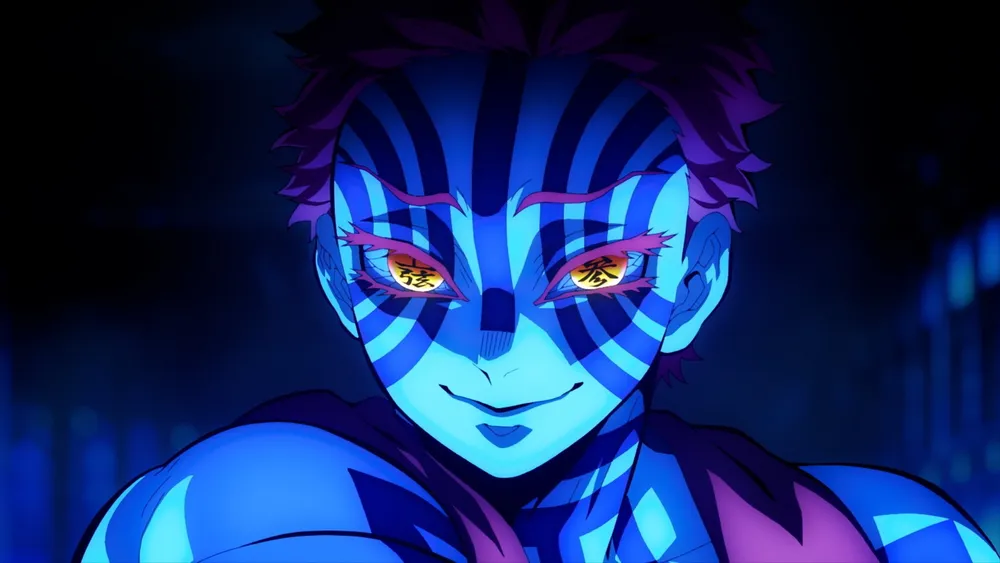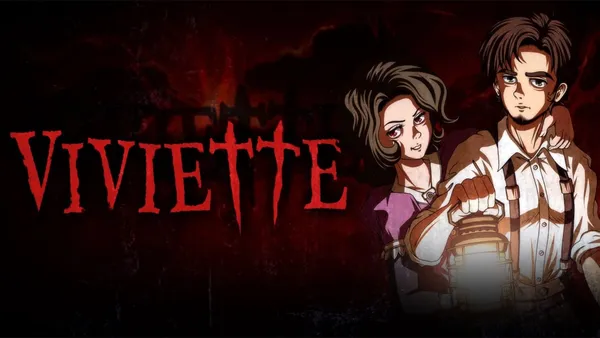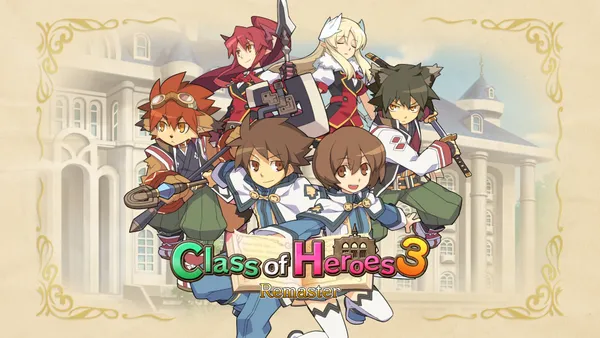Demon Slayer: Kimetsu no Yaiba Infinity Castle Review
The first installment in the Demon Slayer: Kimetsu no Yaiba film trilogy is now receiving its worldwide release. Demon Slayer: Kimetsu no Yaiba – The Movie: Infinity Castle – Part 1: Akaza Returns is the first step in the battle to save humanity as Tanjiro and the Demon Slayer Corps aim to defeat Muzan once and for all. But how will they contend with fighting the Upper Rank Demons that lurk within the stronghold of the Infinity Castle? And does this first installment live up to the high expectations placed upon it?
The Race to Slay Muzen
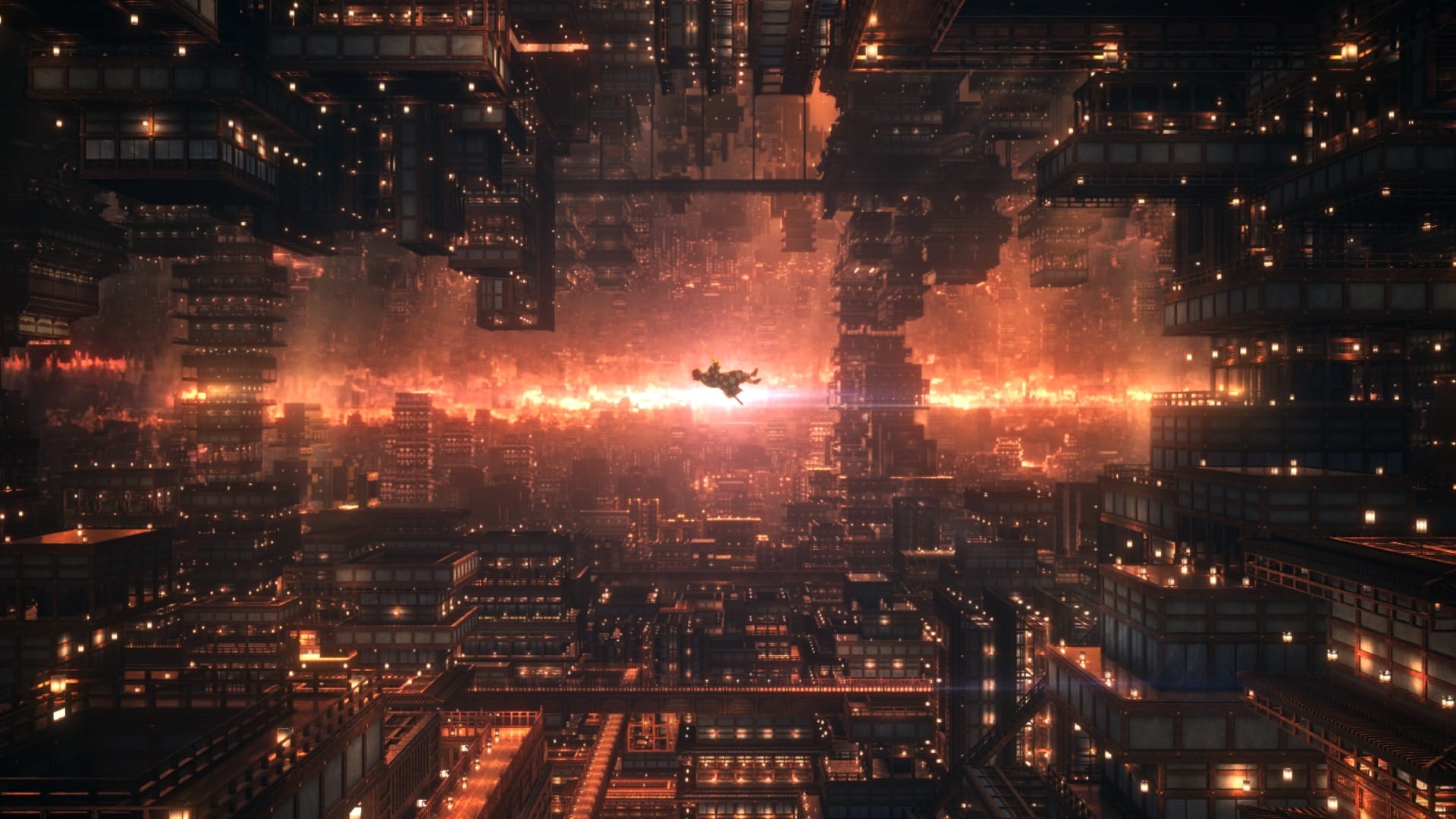
Infinity Castle’s story picks up right from the end of Season 4 of the TV anime. Tamayo had injected Muzan with a human-coversion drug, and he retreated into the demon stronghold, taking the Hashira and Demon Slayer Corps along with him. With the castle ever adjusting itself and the Hashira split apart from one another, Muzan is hoping to keep himself hidden until he neutralises the drug Tamayo gave him.
With no idea where to find Muzan, the Hashira run through the castle in search of him. However, it doesn’t take long for them to run into the Upper Ranks. First up is Shinobu, who finds herself faced with the Upper Rank Two: Doma. Not only is he one of the strongest Upper Ranks, but Shinobu quickly realises he was responsible for the death of her sister. She might not be the strongest of the Hashira, but she’s determined to bring an end to Doma…
Elsewhere, Zenitsu fights the Upper Rank Six Kaigaku, who was his former senior and learnt Thunder Breathing by his side. And then there’s Tanjiro and Giyu, who have managed to stick together after being dropped into the Infinity Castle, but have to contend with the Upper Rank Three - Akaza. As readers may recall, Akaza killed Rengoku in the Mugen Train movie, and now Tanjiro not only wants to avenge the fallen Hashira but also prove how much stronger he has become since then.
The Three Showdowns

So, as you might have gathered, this film is mostly focused on these three battles. Rather than jump between them, we get to watch each from beginning to end while interspliced with flashbacks for either the Hashira or the Upper Ranks before they became demons. Demon Slayer has always been a series that excelled at developing the main cast, but it’s in Infinity Castle that it struck me how well written the Upper Rank are as well.
For what felt like the first time, the story humanised them and gave us reasons to empathize with them. Doma’s upbringing means he feels what he does is an act of kindness toward humanity, while Kaigaku could never get over his feelings of inadequacy, and Akaza’s story is one of being downtrodden and betrayed at every turn. It’s no wonder these three chose to give up everything that made them human. They are very clearly antagonistic characters, but I sympathised with all of their stories and was left feeling that, rather than being evil all along, their circumstances simply led them to where they are now.
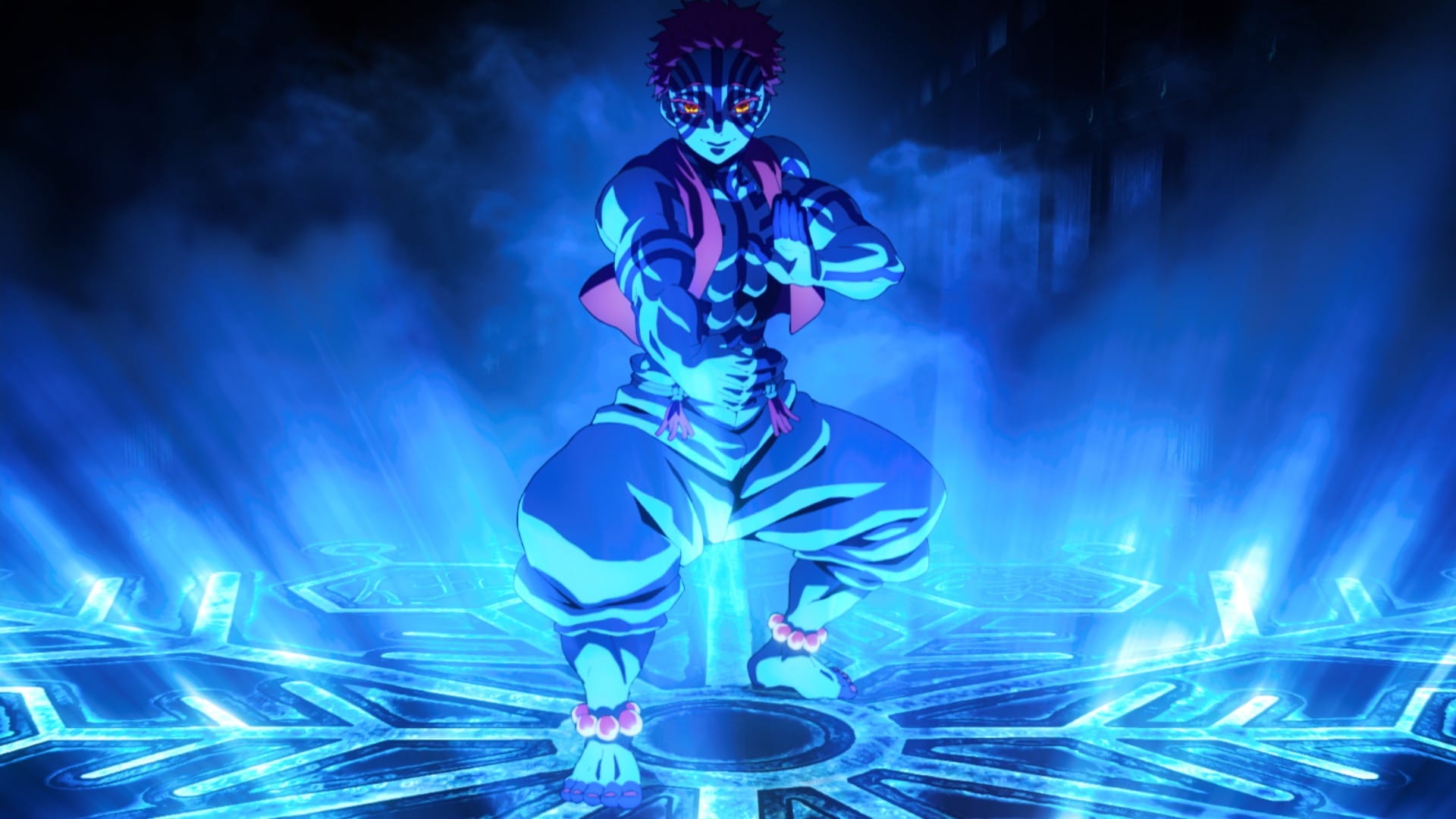
A downside of being in a film format like this is that there’s not a lot of time for viewers to come to terms with the events of each fight before moving on to the next. However, I actually think the pacing would have been a lot worse in a TV adaptation since there are so many flashbacks that would take up entire episodes by themselves and break up the flow further.
If I had one major complaint here, it’s only that we don’t see much of Insouke, but I’m sure he’ll get his time to shine soon enough.
A Stellar Production
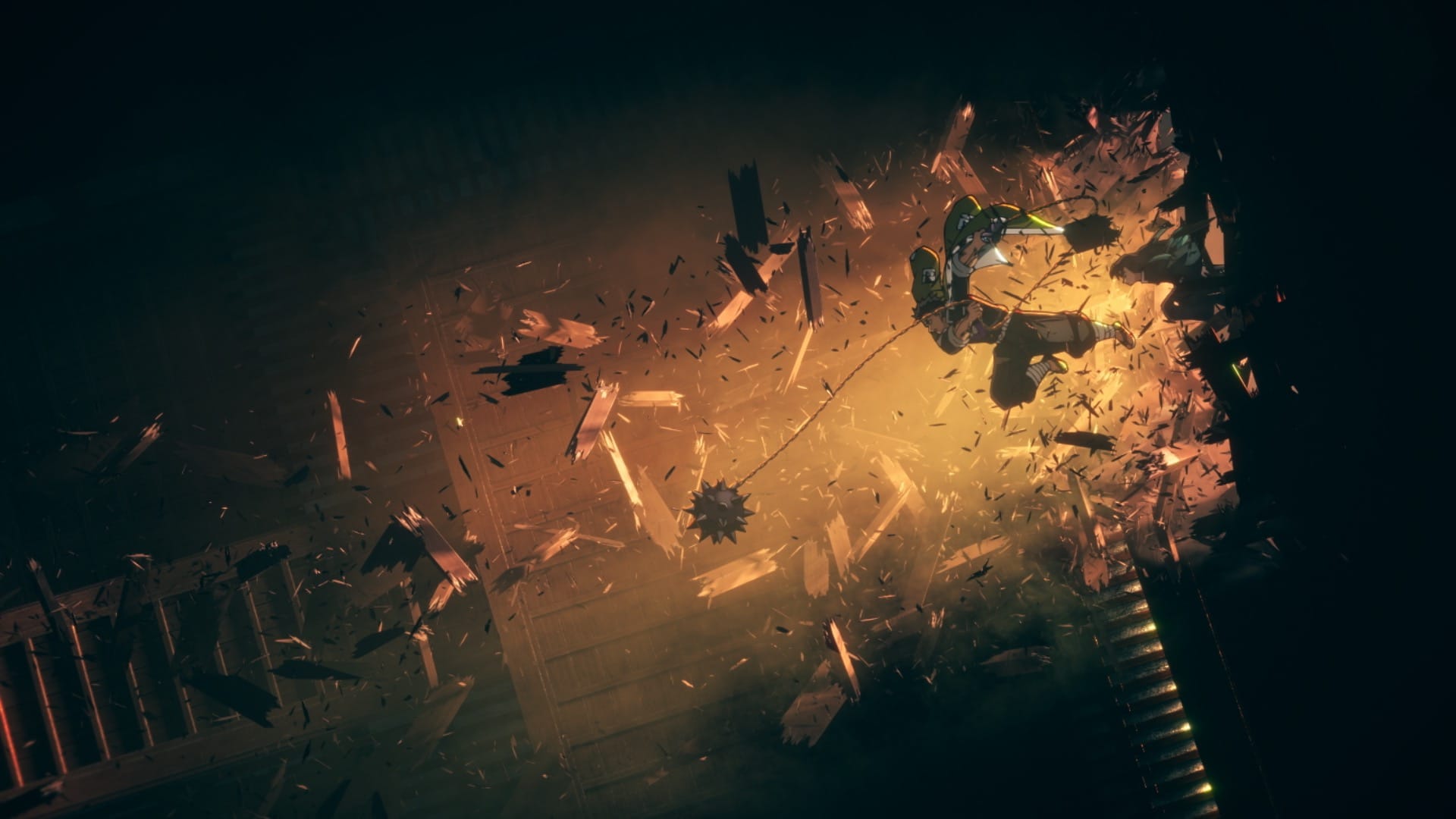
Infinity Castle is the highest-grossing film of 2025 in Japan and the third highest in the country’s history. And having seen it, that really comes as no surprise. Obviously, a lot of people want to see it because it’s the Demon Slayer continuation, but we can’t underestimate just how solid a presentation the whole thing has.
The visuals are striking, with battles that look absolutely incredible and hold your attention throughout the 2 and a half hours (yes, this is a long film!). They’re well directed and choreographed, ensuring you can always follow them even at their most chaotic. The music by Yuki Kajiura (Sword Art Online, Puella Magi Madoka Magica) and Go Shiina (Tales of Zestiria the X, God Eater) successfully heightens the emotion for the battles as well as the more emotional moments. It’s never intrusive or overbearing, but always present and in balance with the rest of the work.
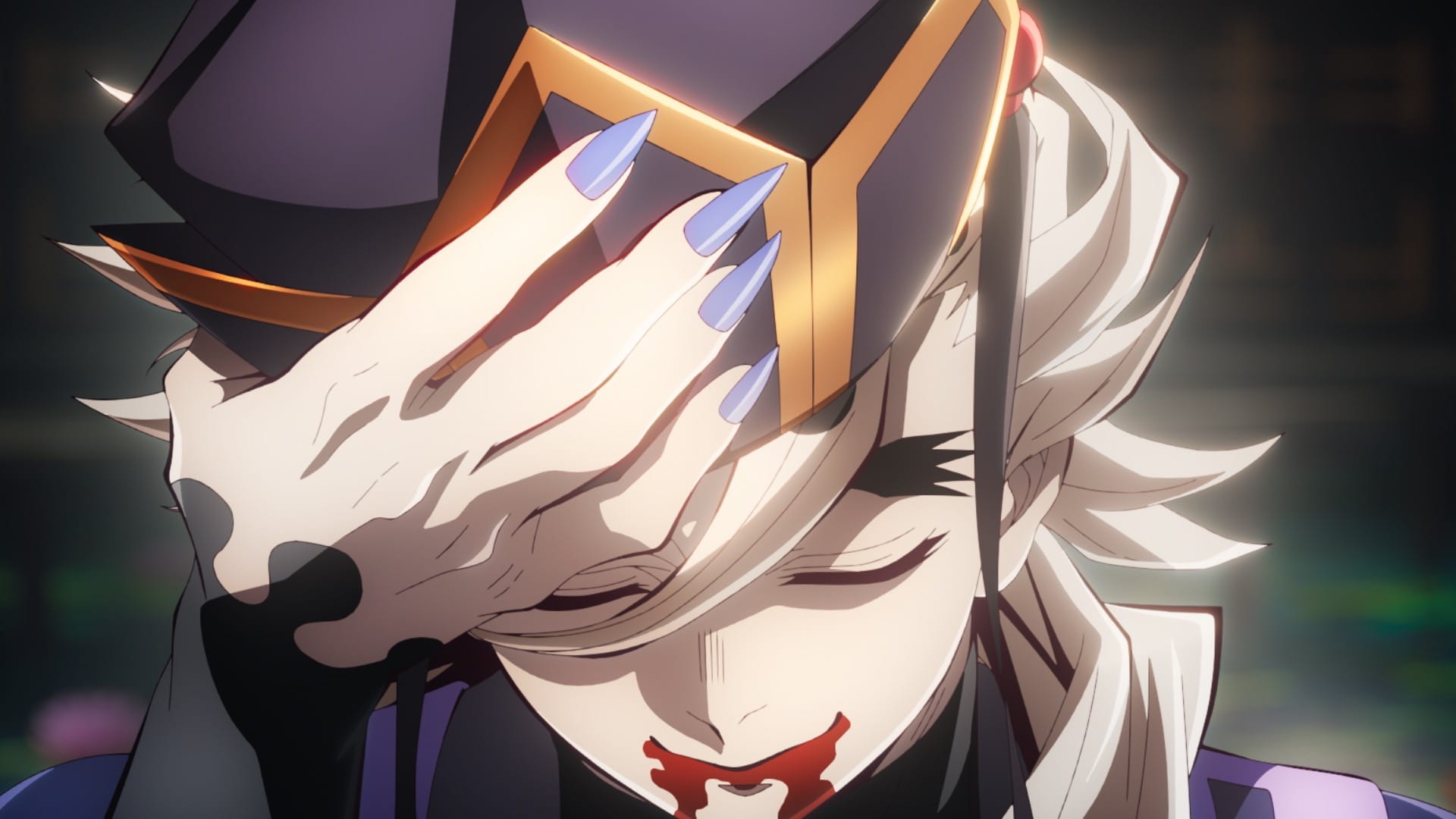
And of course, there is the formidable cast of voice actors. Natsuki Hanae (Tanjiro) and Takahiro Sakurai (Giyu) in particular do a stellar job, but really, all of the returning cast deliver an excellent performance. They’re joined by some new faces, notably Mamoru Miyano (Osamu Dazai in Bungo Stray Dogs, Kei Kaname in Oblivion Battery), who makes his first major appearance as Doma.
Doma is a complicated character; in fact, he might be the Demon who simultaneously has the most innocence (or perhaps naivety) while doing some of the more despicable things. The way he treats Shinobu in their fight is not from a position of looking down upon her, but with respect for her power, curiosity and sometimes even concern. He has fun fighting her, but not out of spite toward her, but because he’s genuinely enjoying himself. Miyano captures the nuances of Doma’s personality and conveys them in subtle ways that instantly give the viewer all the understanding they need for his actions. It was an incredible performance that stuck with me long after the credits rolled.
Concluding Thoughts
Demon Slayer: Kimetsu no Yaiba Infinity Castle is the shonen series at the top of its game. With grand spectacles and heartwrenching personal stories, this is a film that impresses on all fronts. Being part of a trilogy does hinder it since it doesn’t have the opportunity to really conclude any major story beats, but that’s not going to pose a problem for those who know what they’re getting into. And now we begin patiently waiting for the next installment, which is sure to be just as captivating.

Demon Slayer: Kimetsu no Yaiba Infinity Castle has been released outside of Japan in cinemas by Sony Pictures under the Crunchyroll brand worldwide. It is available in Japanese with English subtitles, as well as with an English dub.
©Koyoharu Gotoge / SHUEISHA, Aniplex, ufotable
Anime Atelier received a screener of the film for review purposes.
